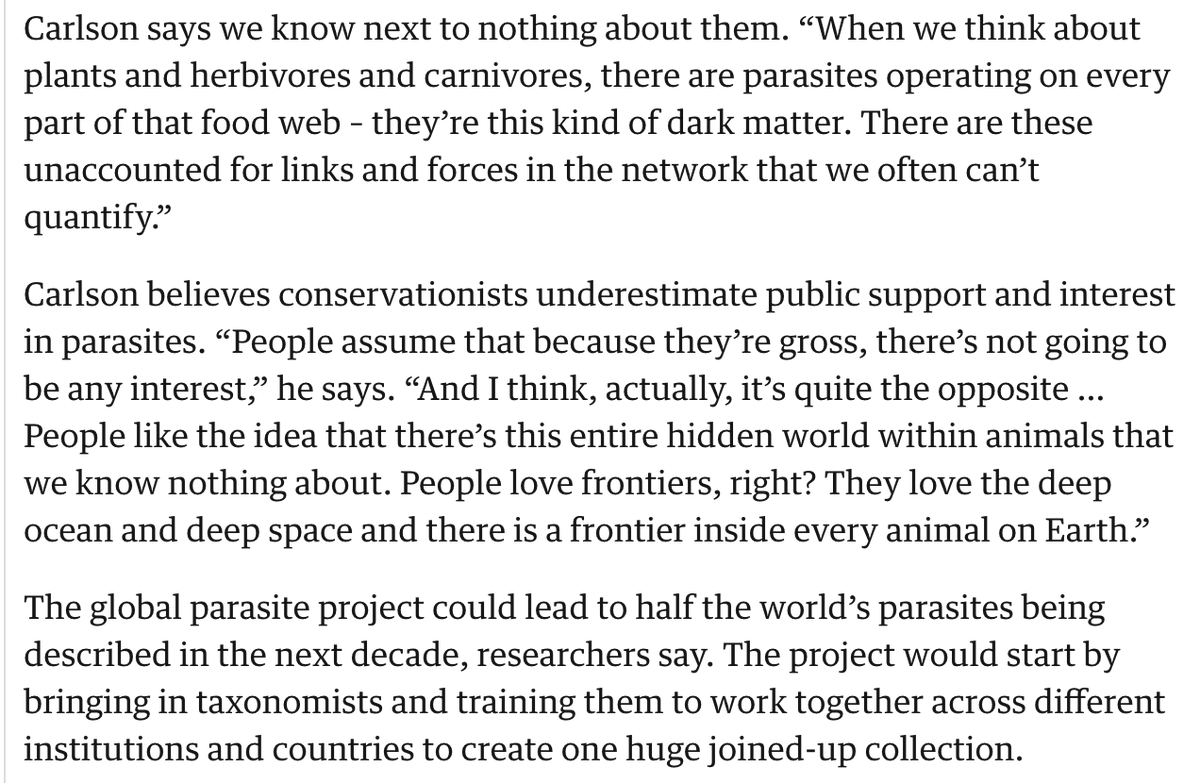
This is a huge drop of China #COVID19 documents from @npwcnn. Unfortunately, this leak confirms points I & other China, health, law folks have said since Jan.
I'm going to summarize some of the key findings in 🧵below
Here's full report:
edition.cnn.com/2020/11/30/asi…
I'm going to summarize some of the key findings in 🧵below
Here's full report:
edition.cnn.com/2020/11/30/asi…
Finding 1: Hubei (Wuhan's province) had 20 times increase in "influenza cases" in Dec. High number of "unknown cause" is flag: flu relatively easy to confirm if tested. Also not clear how many confirmed influenza, & if so, if/what samples or GSD was shared w @WHO GISRS.
🧵2/10
🧵2/10

Finding 2: signif underreporting of daily new cases & deaths in Feb & Mar. If you recall, this was a live issue at that time w reclassification of case definitions by Chinese health officials, but report indicates deliberate politicization of data to present optimism.
🧵3/10
🧵3/10
Finding 2 cont.:
Again, there were hints of this at the time
From Feb 1, in @NYTimes:
nytimes.com/2020/02/01/wor…
🧵4/10
Again, there were hints of this at the time
From Feb 1, in @NYTimes:
nytimes.com/2020/02/01/wor…
🧵4/10

Finding 2 cont':
CNN's report notes Internal reviews found that "bureaucratic models of governance hampered China's early warning system". This was not unexpected. On Jan 25, I spoke to @juliaoftoronto @voxdotcom flagging this exact issue.
🧵5/10
vox.com/2020/1/27/2108…
CNN's report notes Internal reviews found that "bureaucratic models of governance hampered China's early warning system". This was not unexpected. On Jan 25, I spoke to @juliaoftoronto @voxdotcom flagging this exact issue.
🧵5/10
vox.com/2020/1/27/2108…

(NB: I don't mean to make this about me, just contextualizing what we did and didn't know at the time already, and how the CNN documents really add weight to existing expectations or interpretations I & others had)
🧵6/10
🧵6/10
Finding 3: Testing failures
It turns out the US wasn't alone in test failures: The Report shows retrospective testing found "most samples" that had previously tested negative were actually positive for SARS-CoV-2. In addition, up to 3 week long delays hampered response.
🧵7/10
It turns out the US wasn't alone in test failures: The Report shows retrospective testing found "most samples" that had previously tested negative were actually positive for SARS-CoV-2. In addition, up to 3 week long delays hampered response.
🧵7/10
Finding 4: chronic underfunding of public health
As has been evidenced all around the world, the report finds that public health has been significantly underfunded in China despite calls to urgently address gaps.
🧵8/10
As has been evidenced all around the world, the report finds that public health has been significantly underfunded in China despite calls to urgently address gaps.
🧵8/10

Finding 5: data sharing failures
Every country has obligations under IHR (arts 5,6) for surveillance, notification & data sharing. Many countries would fail. Rapid & comprehensive sharing of pathogens, sequence data, epi & clinical data wld likely have improved response.
🧵9/10
Every country has obligations under IHR (arts 5,6) for surveillance, notification & data sharing. Many countries would fail. Rapid & comprehensive sharing of pathogens, sequence data, epi & clinical data wld likely have improved response.
🧵9/10

Finally, so many of these issues confirmed in this report could equally appear in a report on the US's response: testing failures, lack of coordinated data sharing, underfunding in public health, leadership... But transparency (& accountability) vary significantly.
🧵10/10
🧵10/10
• • •
Missing some Tweet in this thread? You can try to
force a refresh









